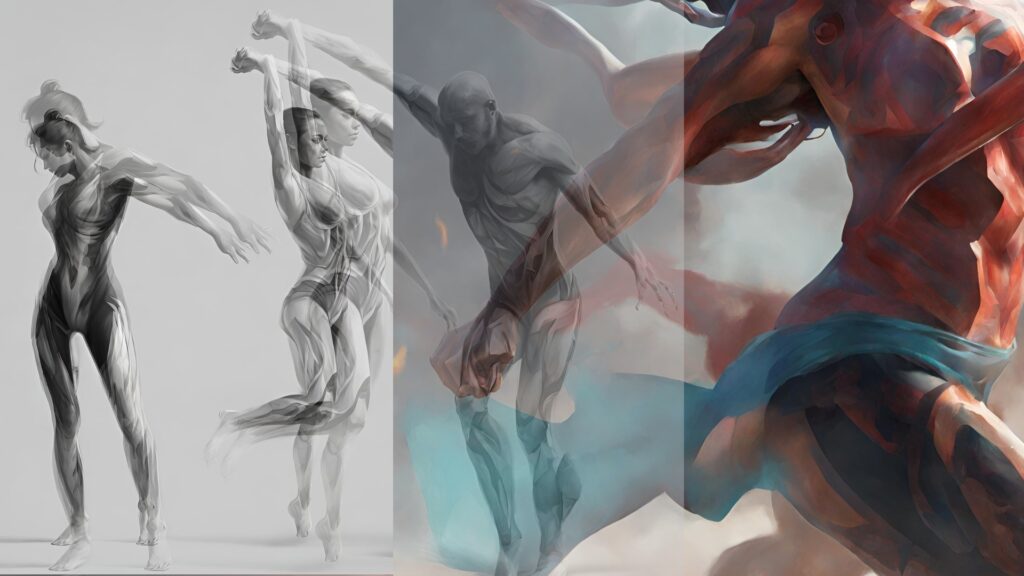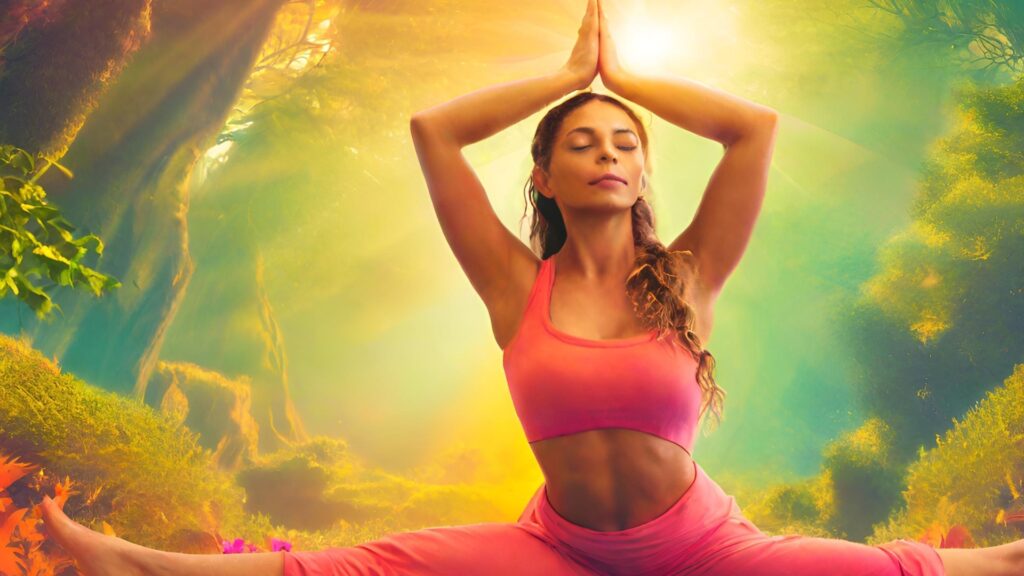
As we delve into the ancient knowledge and practices that have consistently emphasized the profound connection between physical activity and overall well-being, we find that from ancient Greece to the heart of China, our ancestors understood that a body in motion is not only a path to health but also a gateway to freedom. We uncover the time-tested wisdom that continues to guide us towards a healthier and more liberated existence.
Section 1: Ancient Wisdom on Physical Activity (Approx. 350 words)
The idea that physical activity is essential for health is not a new revelation. It has roots in the knowledge of ancient civilizations that recognized the intrinsic value of movement.
Ancient Greece, known for its philosophers and athletes, celebrated the importance of physical activity. The Greek word “gymnasia” directly translates to “places of exercise.” These gymnasiums were central to Greek life, promoting both physical and intellectual growth.
In ancient China, the philosophy of Daoism placed great importance on harmony with nature, which included the body. Practices like tai chi and qigong were developed to promote balance, health, and longevity.
Section 2: The Mind-Body Connection (Approx. 350 words)
Ancient practices often emphasized the mind-body connection, understanding that physical health is inseparable from mental and emotional well-being.
Yoga, originating in ancient India, exemplifies this connection. It combines physical postures (asanas) with breath control and meditation to create harmony within the body and mind.
Similarly, tai chi, rooted in Chinese tradition, seeks to align physical movements with mental tranquility. It’s not just a series of graceful movements; it’s a profound practice in mindfulness and inner balance.
Section 3: Holistic Approaches to Movement (Approx. 350 words)
In addition to the mind-body connection, ancient cultures adopted holistic approaches to movement. These approaches recognized that energy flow and balance in the body were crucial to health.
Ayurveda, the traditional Indian system of medicine, encompasses practices like yoga and pranayama to balance the body’s energies (doshas). Physical movement was seen as a means to achieve this balance.
Traditional Chinese Medicine, on the other hand, employed acupuncture and practices like qigong to ensure the smooth flow of vital energy (qi) in the body. Physical movements were designed to harmonize this energy.

Section 4: Modern Applications and Benefits (Approx. 300 words)
The wisdom of the past isn’t confined to history; it’s a living treasure that continues to enrich our lives. Ancient-inspired movement practices have made a resurgence in our modern world, and the benefits are more relevant than ever.
Numerous scientific studies validate the advantages of physical activity. Regular exercise reduces the risk of chronic diseases, enhances mental health, and boosts overall well-being.
From yoga studios to tai chi classes, people are reaping the rewards of ancient practices. Improved flexibility, reduced stress, increased strength, and a profound sense of inner calm are just a few of the benefits reported by practitioners.
Section 5: Conclusion (Approx. 150 words)
As we wrap up our journey through time, we can confidently affirm that the wisdom of the past holds the keys to a healthier, more liberated future. The concept that “a body in motion stays healthy and free” is not just an adage but a testament to the enduring wisdom of our ancestors. By incorporating ancient-inspired movement practices into our lives, we can rediscover the harmonious relationship between body and mind and pave the way for a healthier, freer, and more fulfilling existence.
